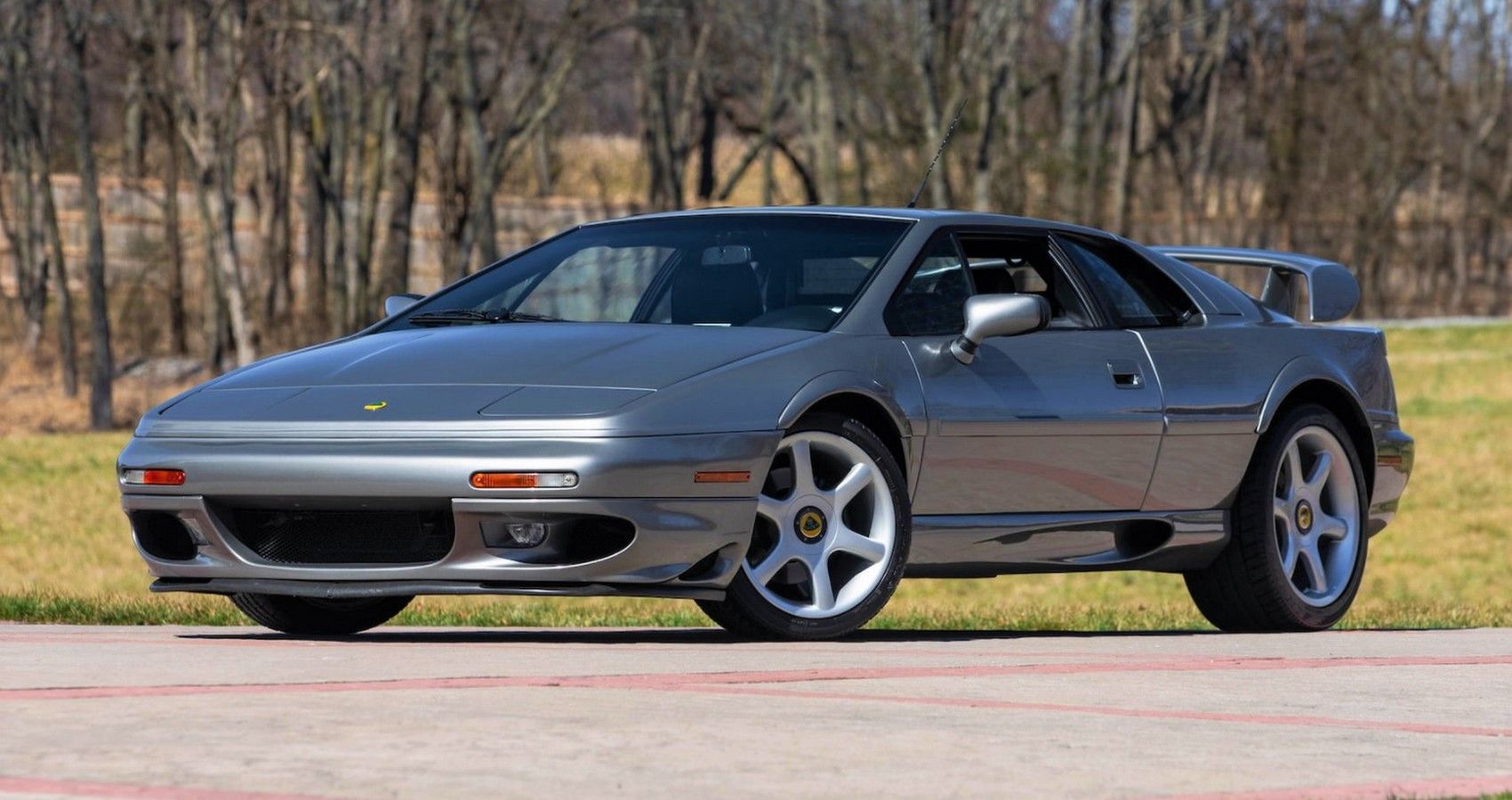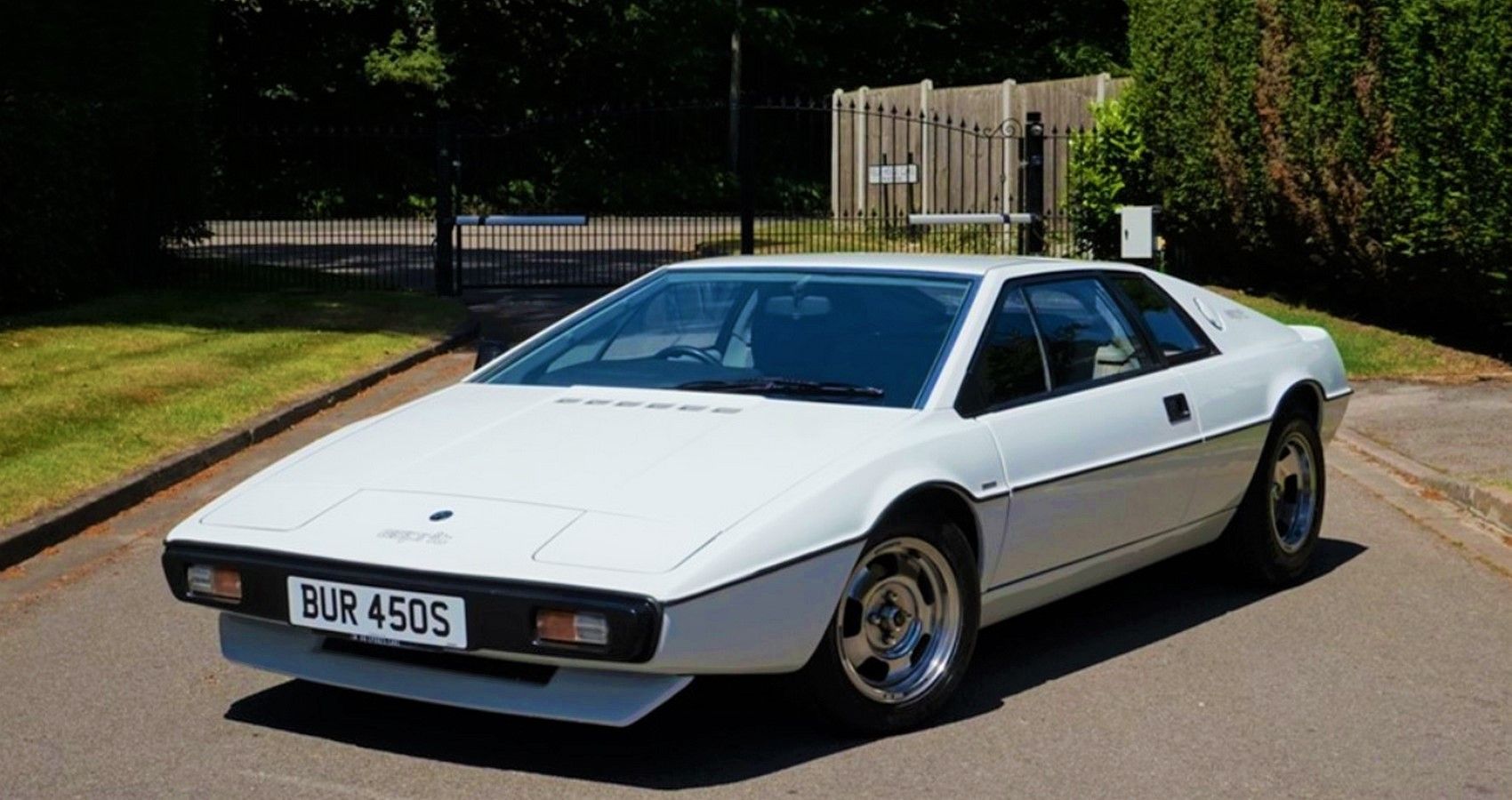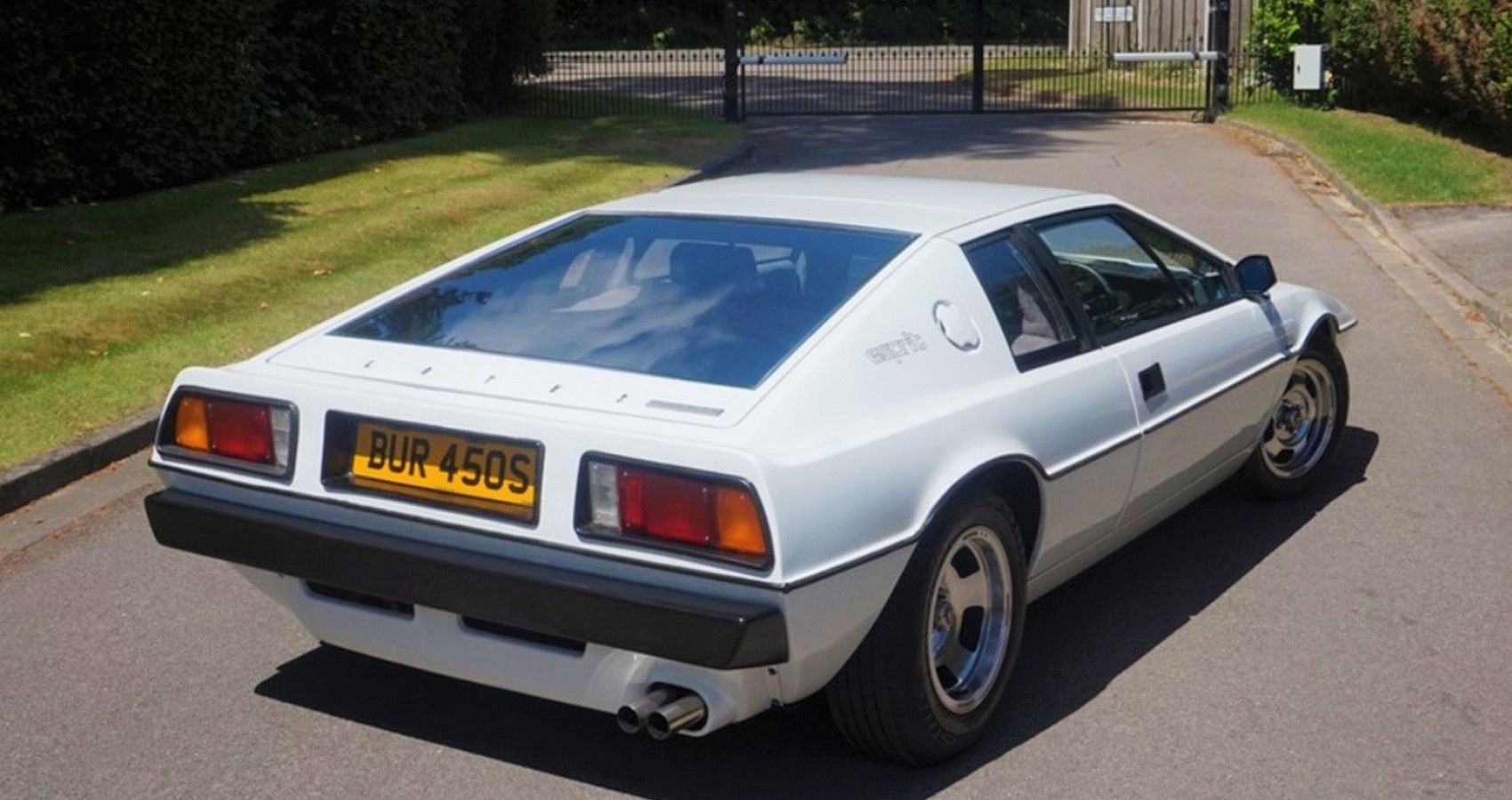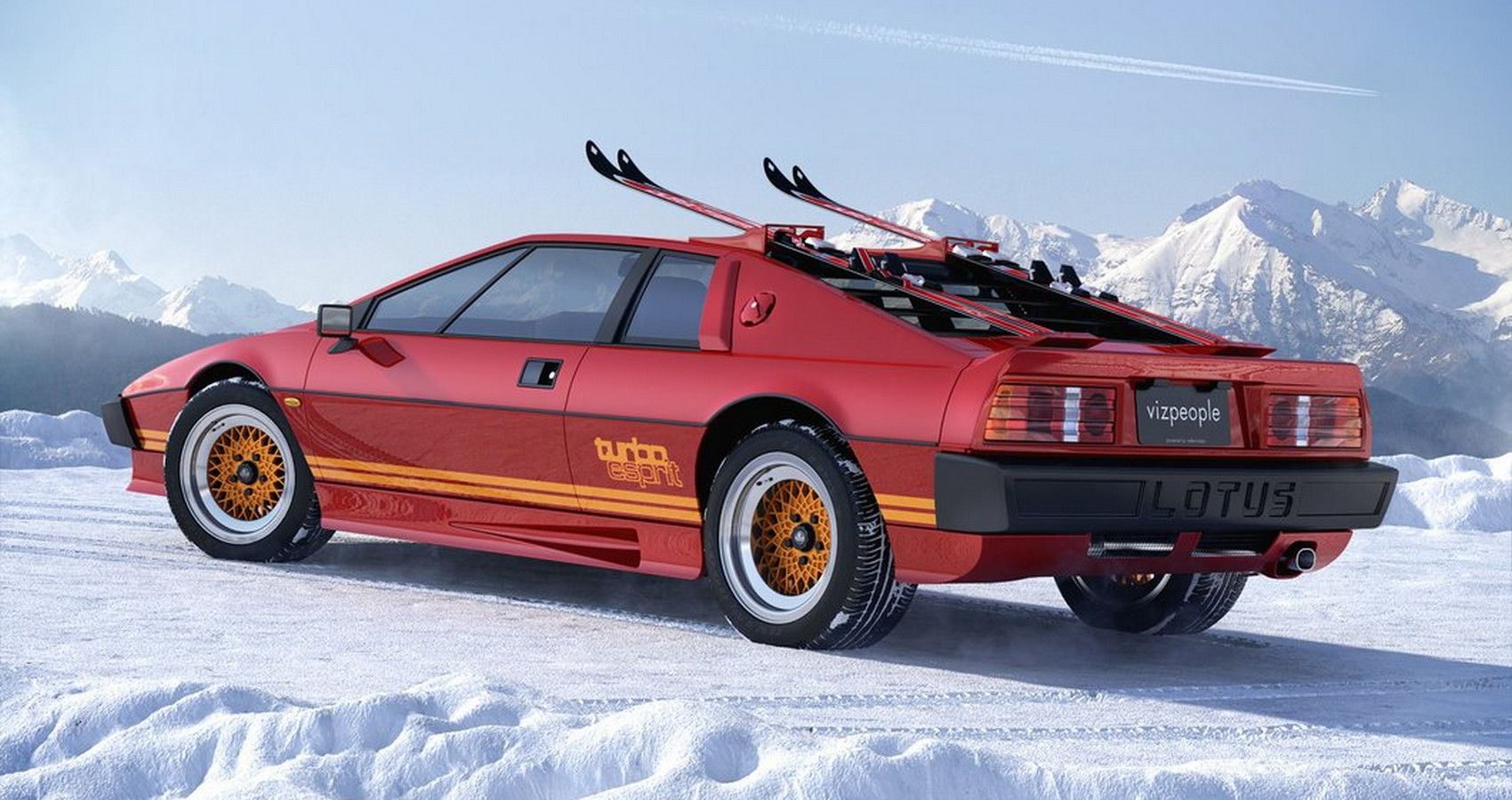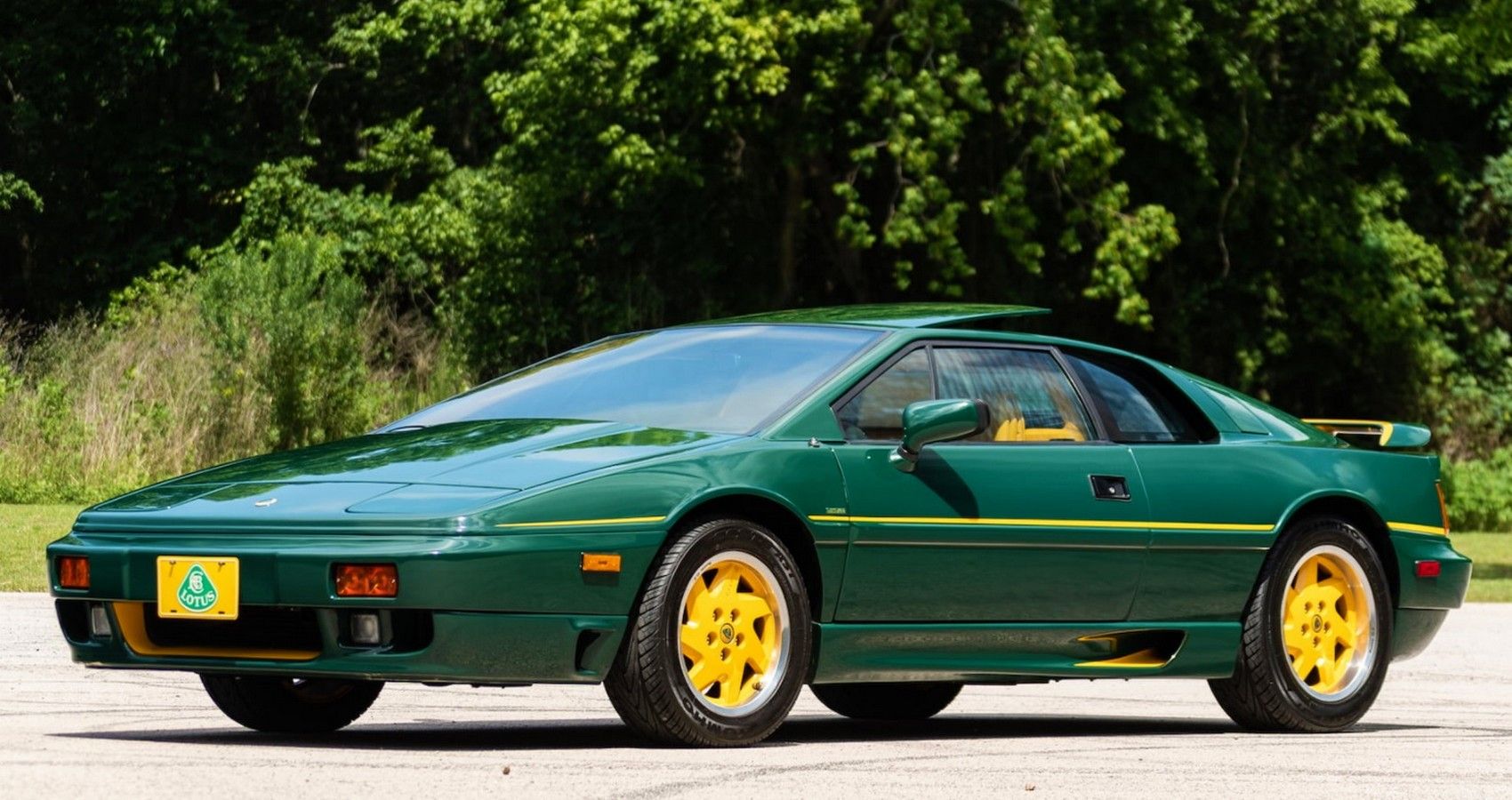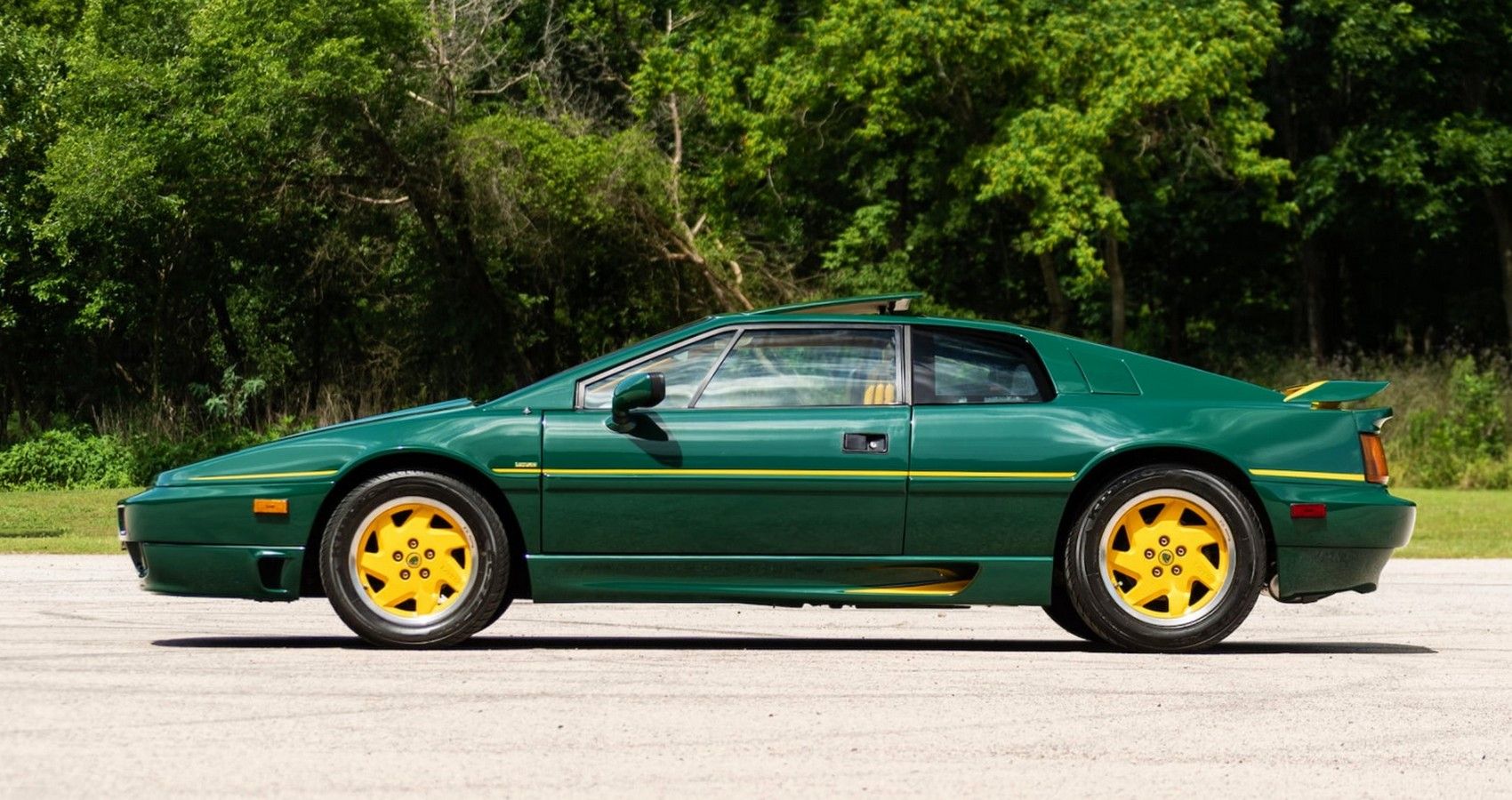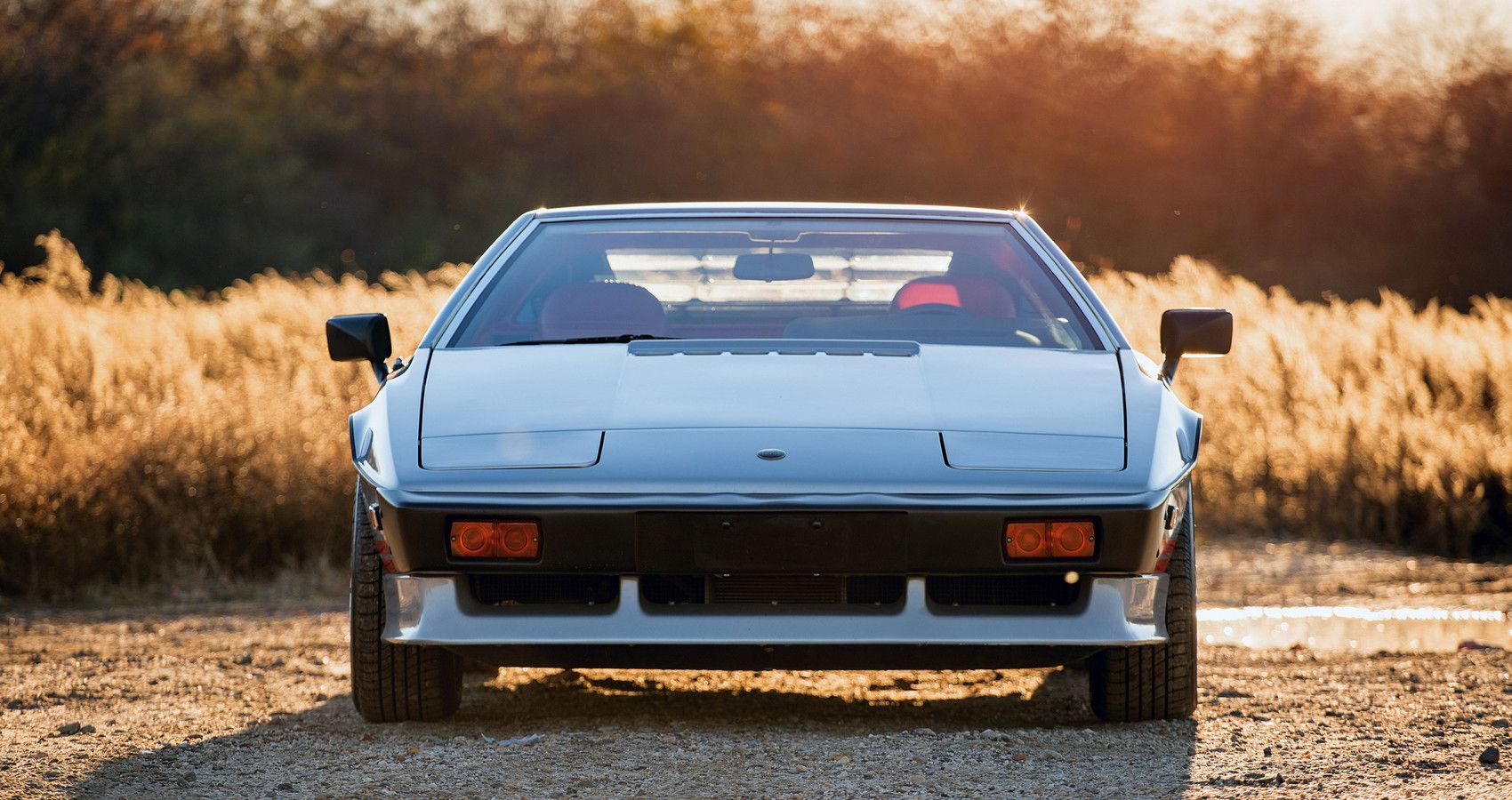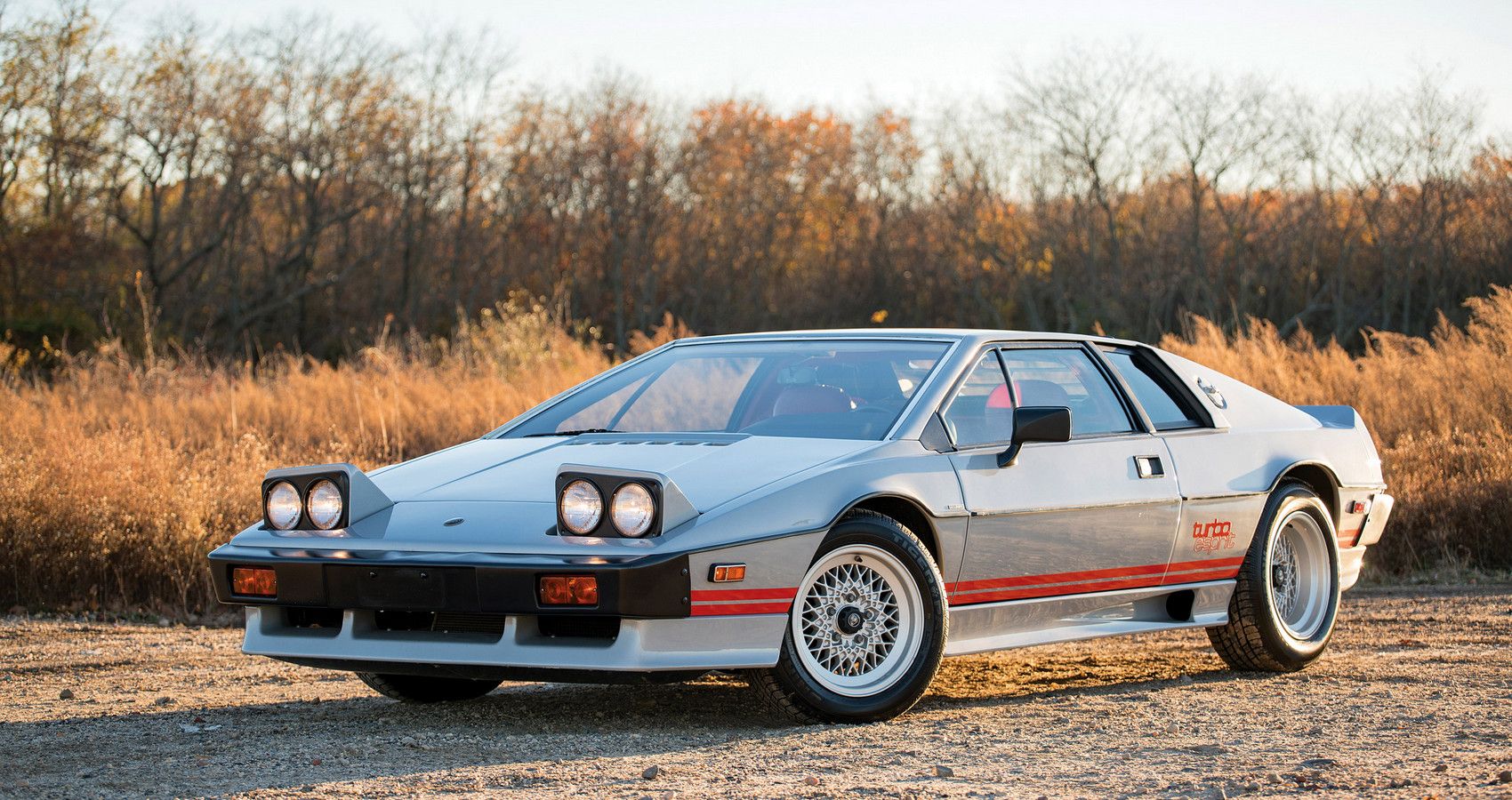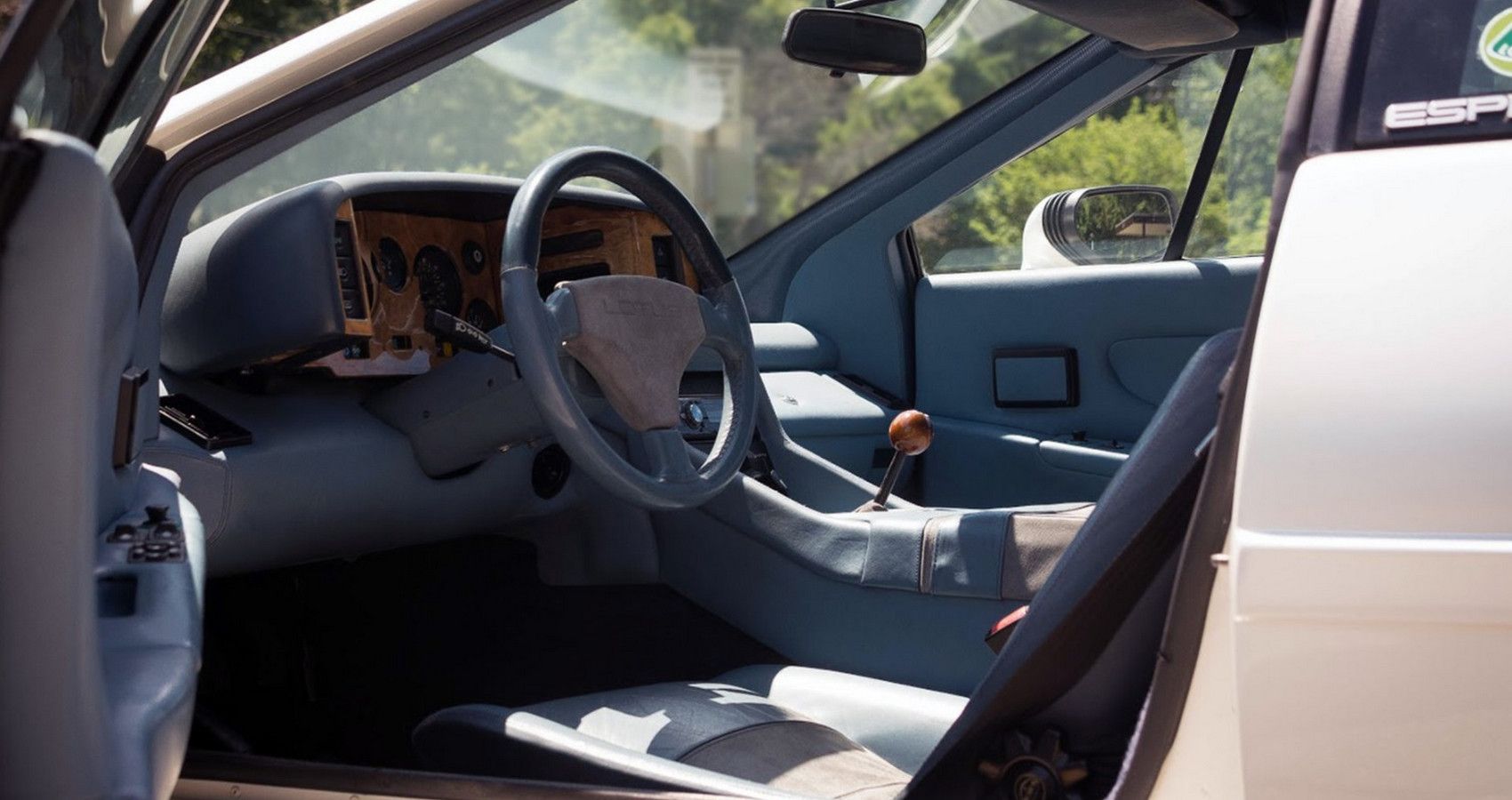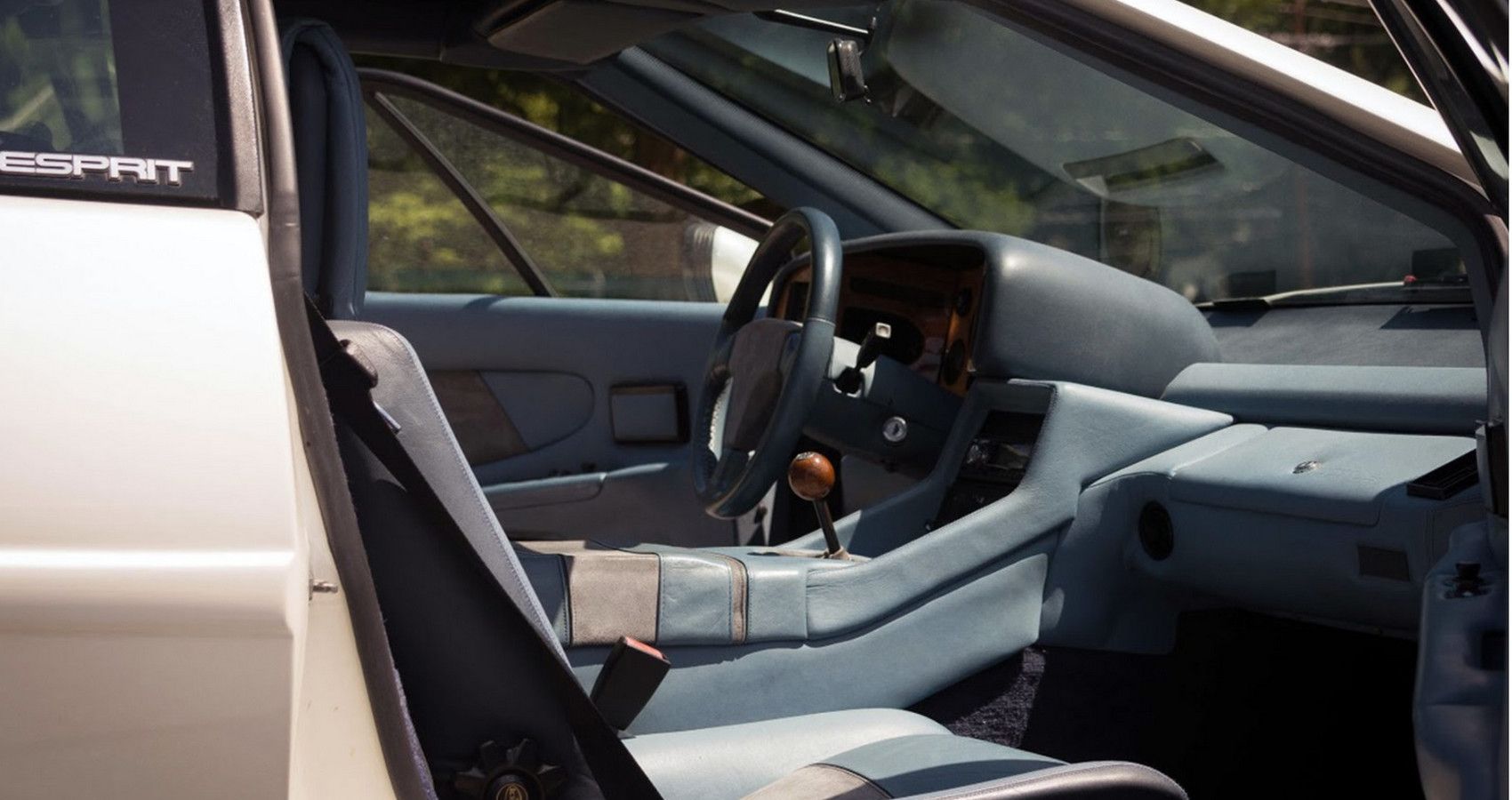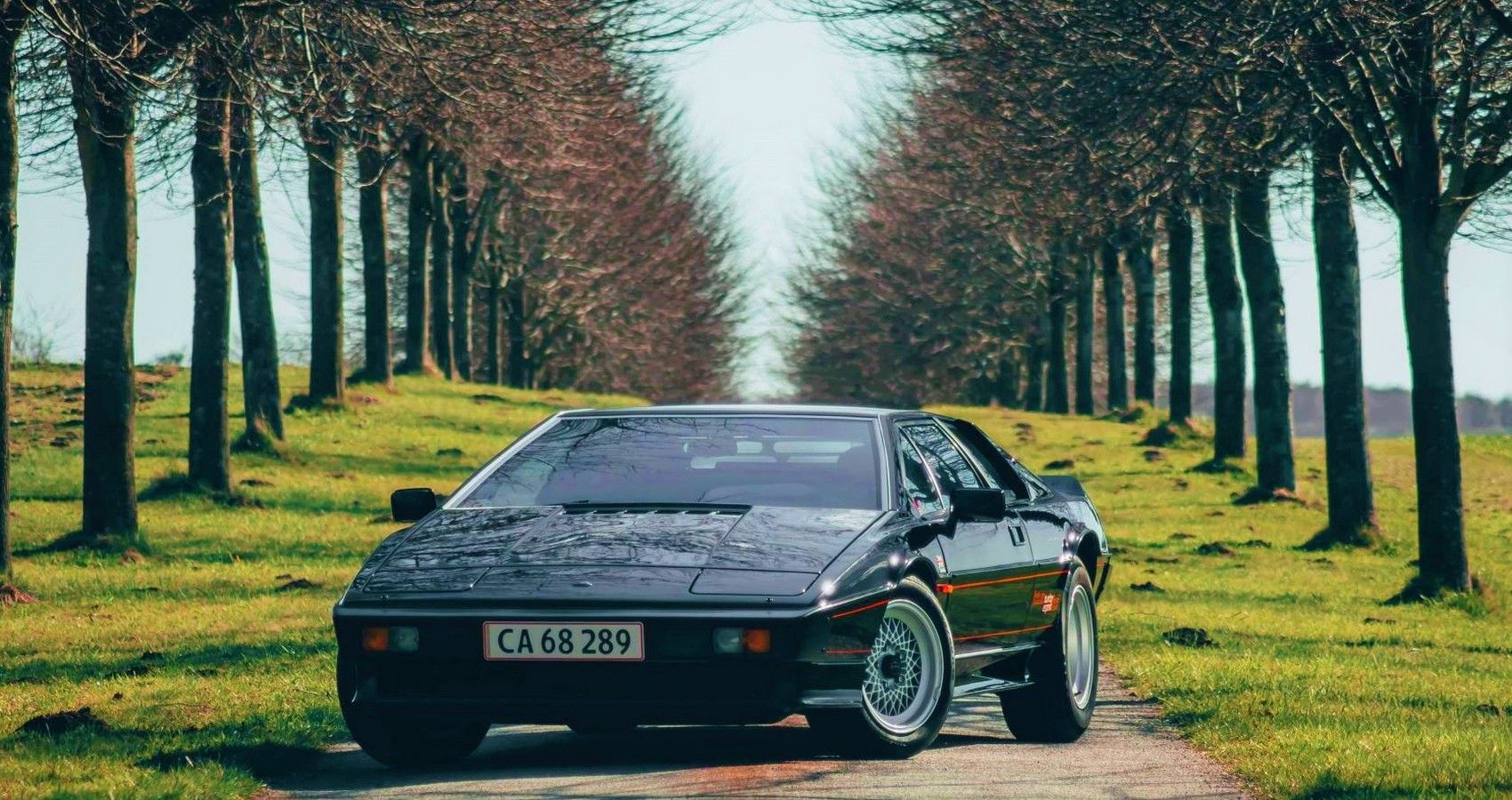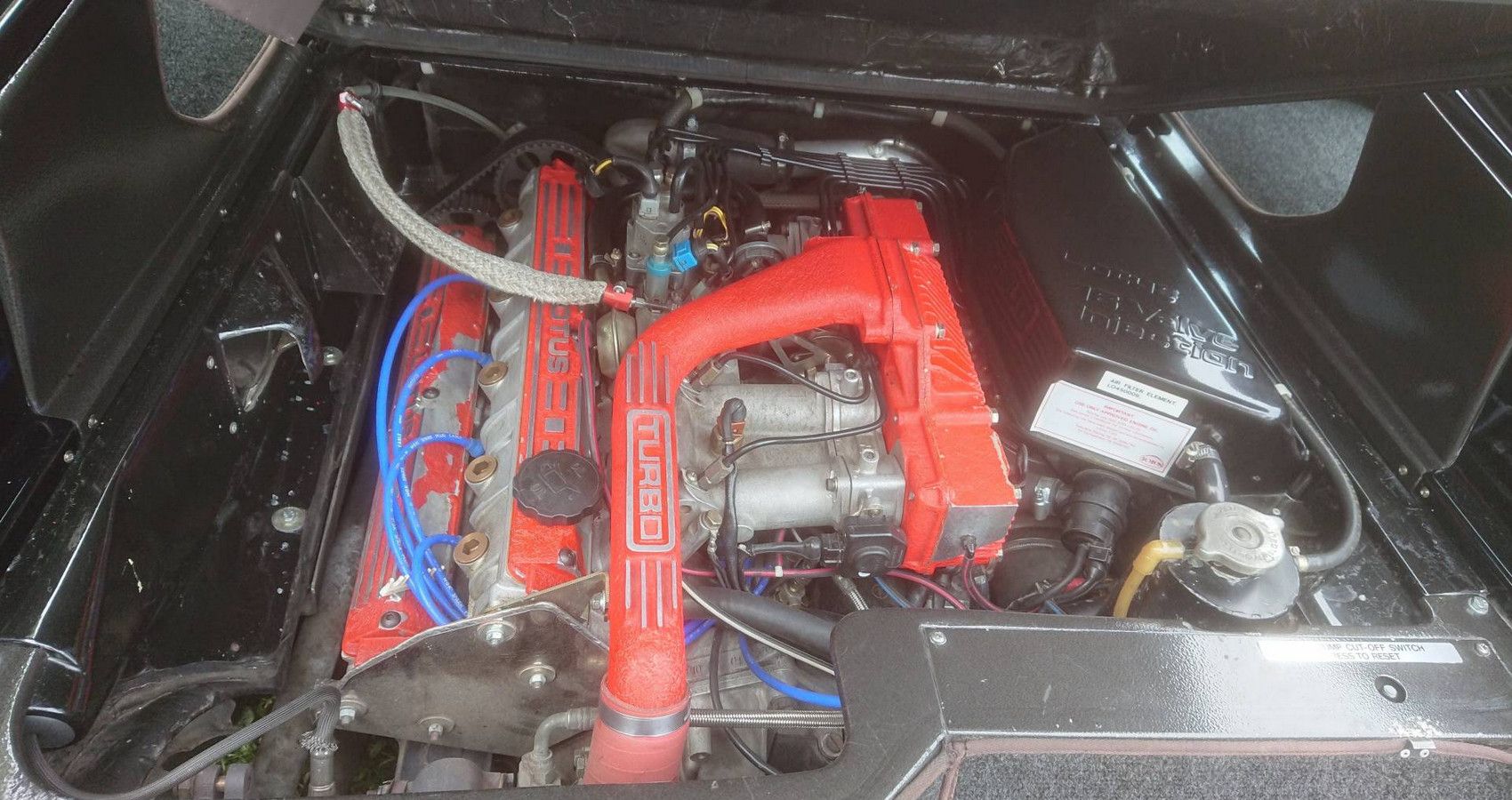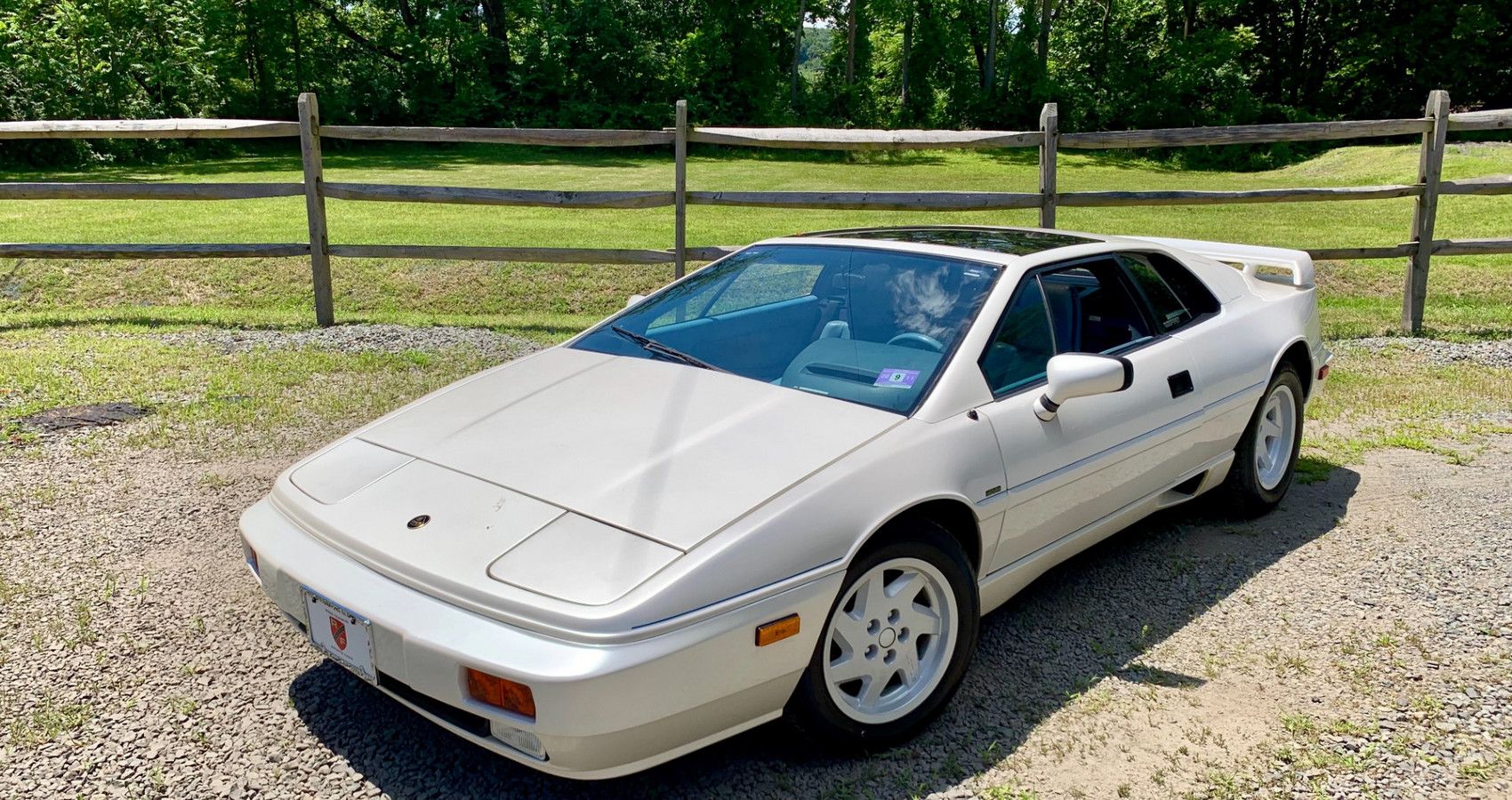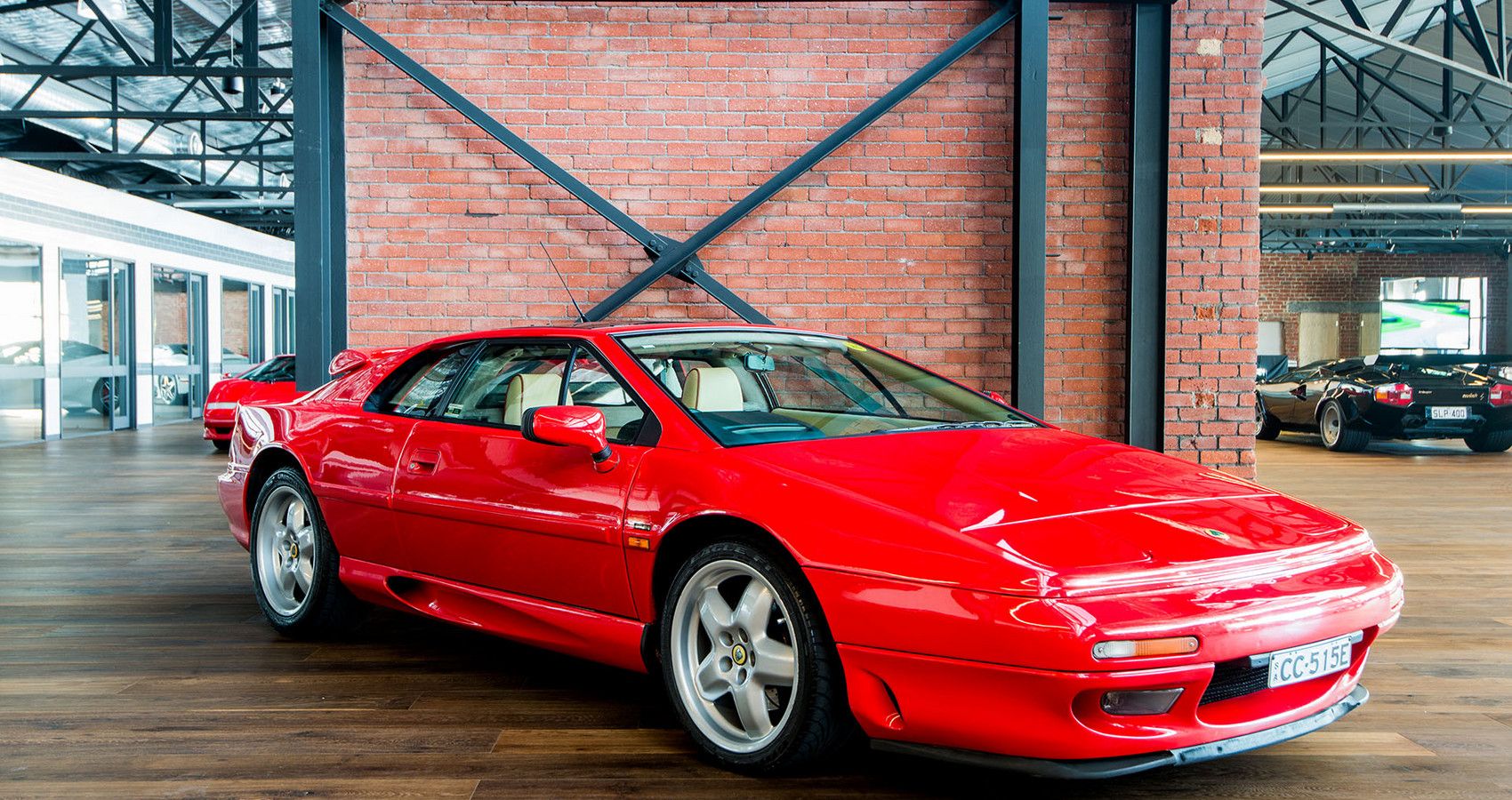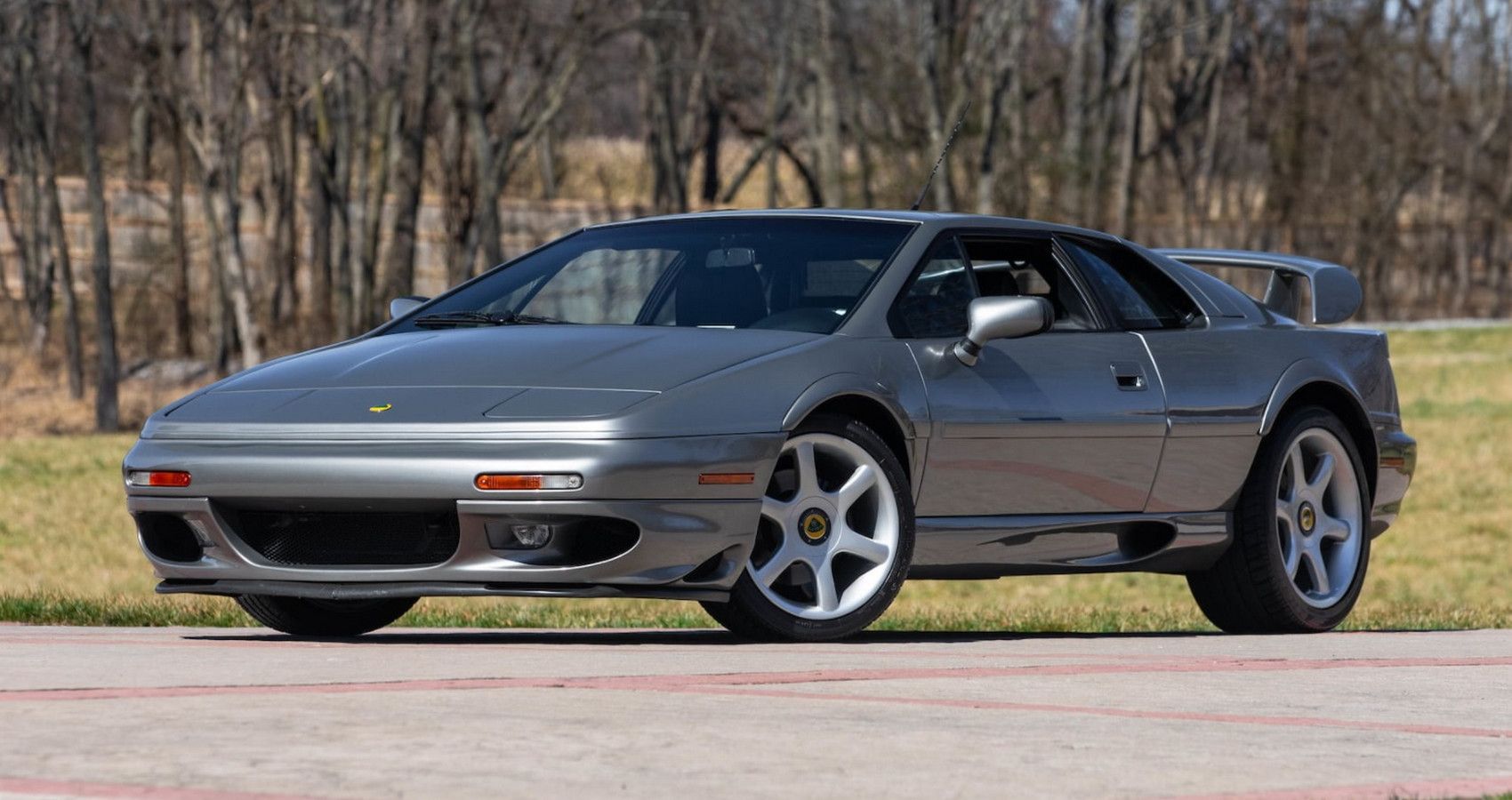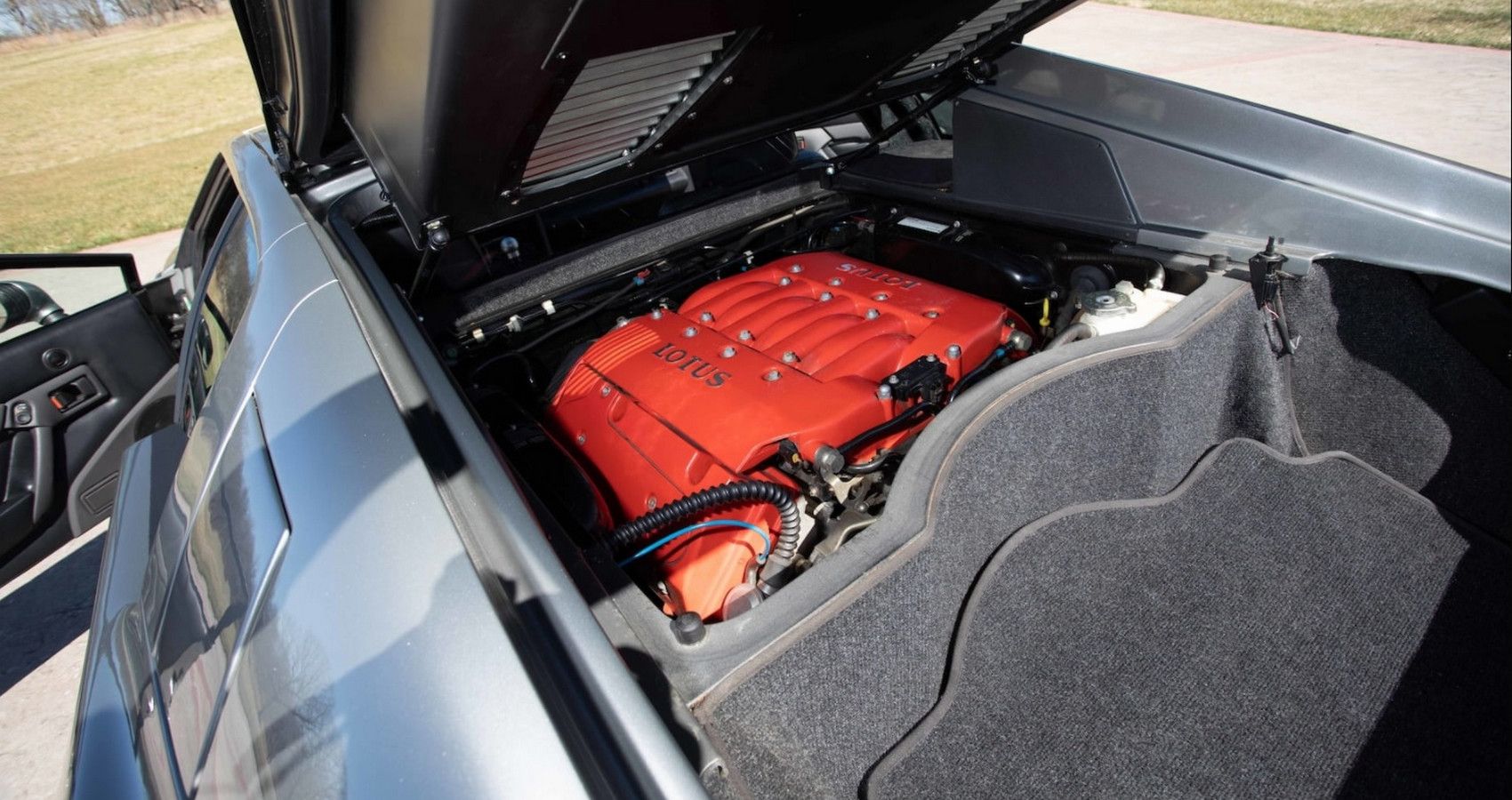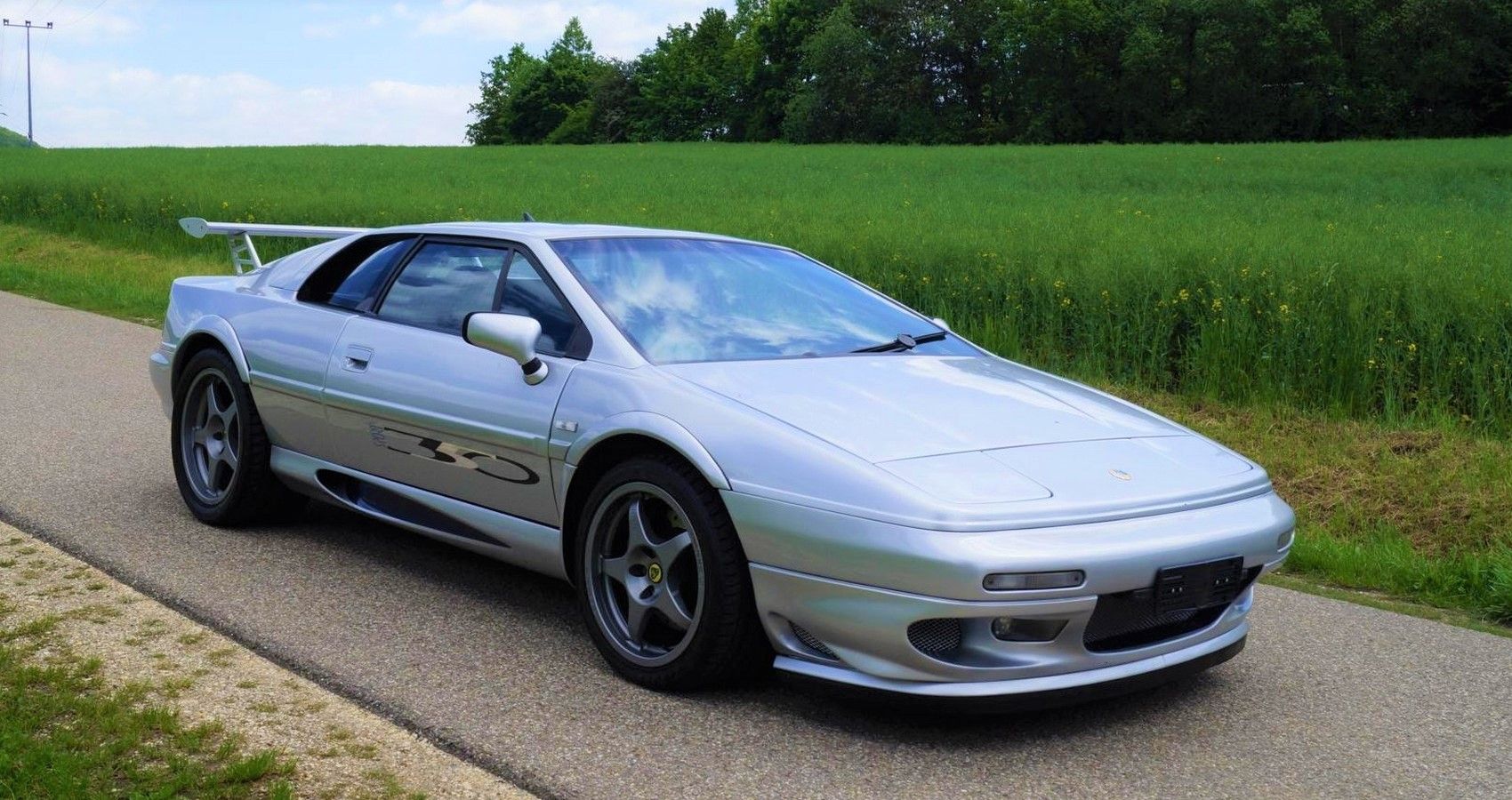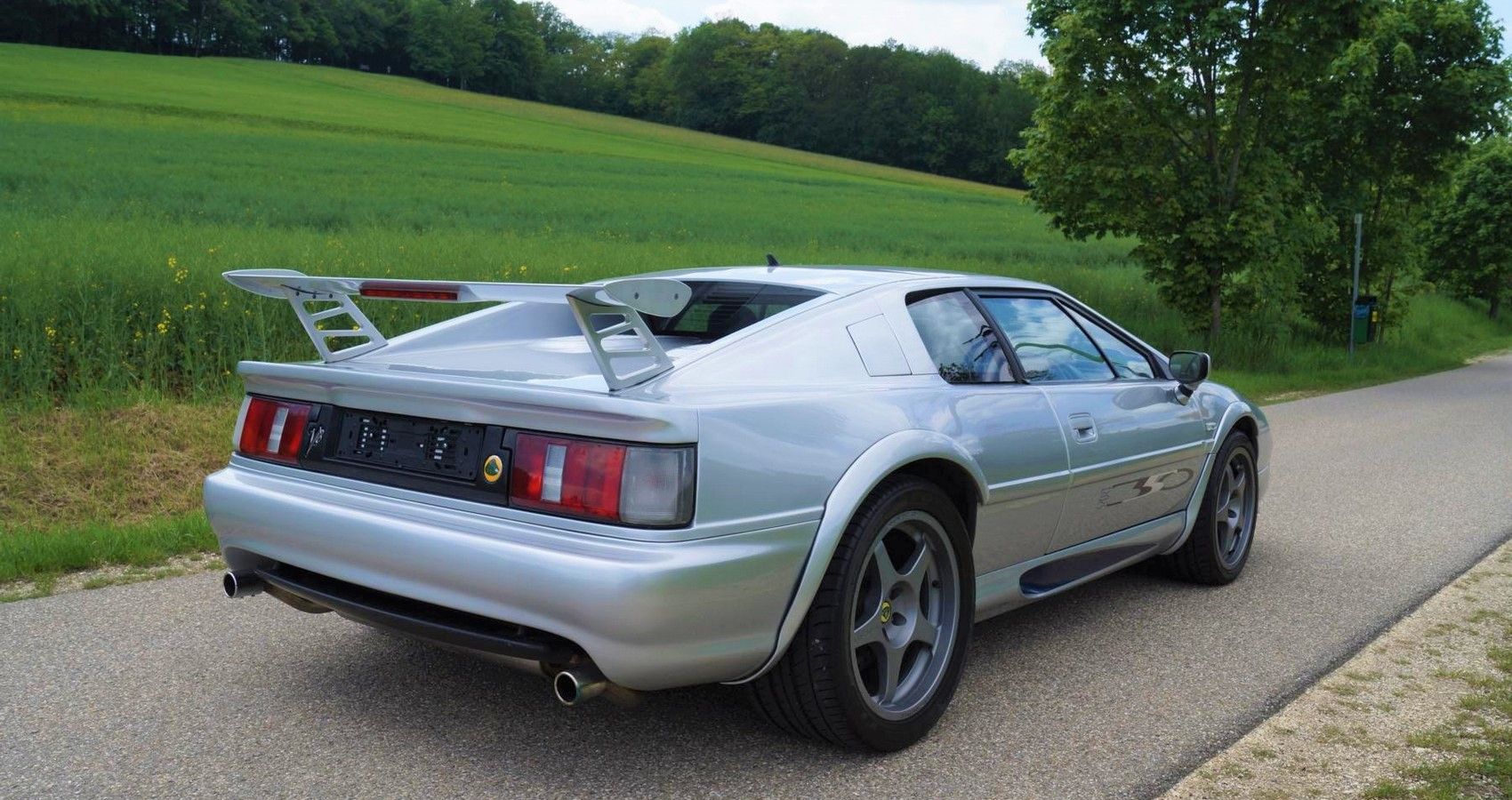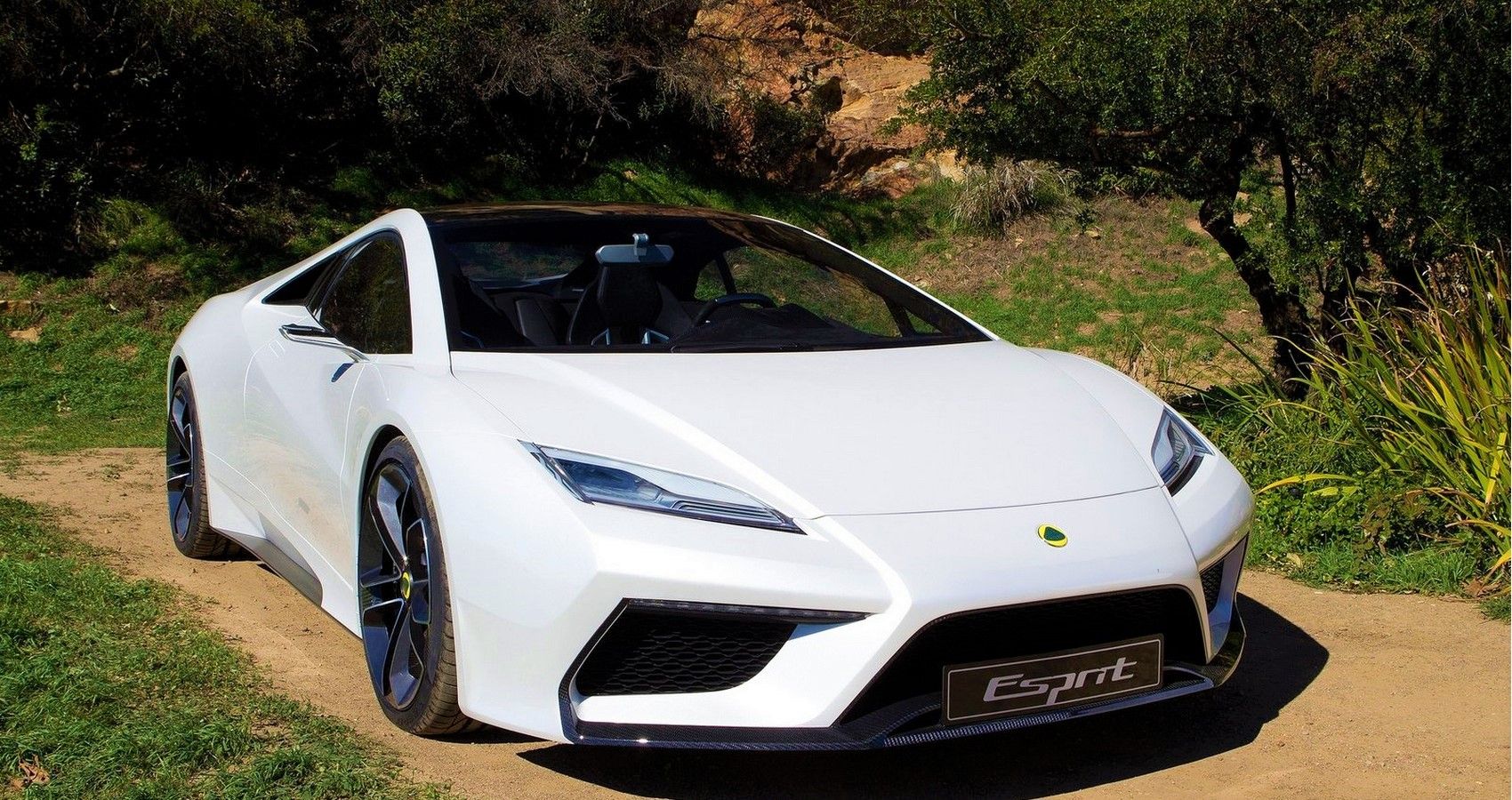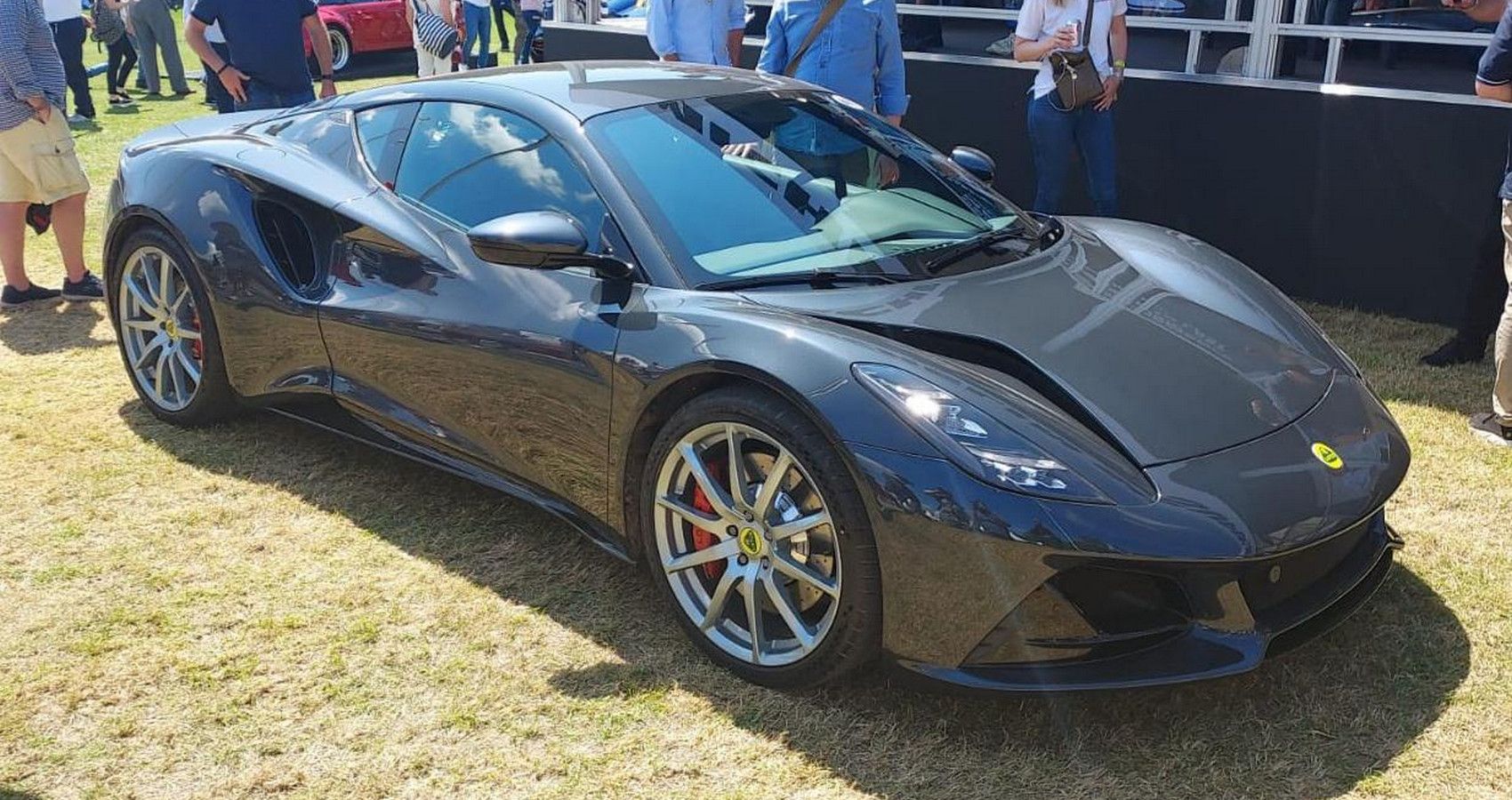It's been missing from dealerships for almost twenty years. The cool wedge-shaped Lotus Esprit ended production in 2004, proving you don't realize just how much you appreciate a car until it's gone.
The original concept was destined to finally dispel Lotus Cars' kit-car heritage when it entered production in 1976. In one fell swoop, catapulting Lotus into the big leagues. It was designed around a lightweight steel chassis and even lighter fiberglass body, a trademark construction method made possible by earlier Lotus design experiences. The results speak for themselves, agility was like nothing we'd ever seen in a production sports car, with later models adding more power than the original chassis was designed for, and yet nothing upset the limpet-like levels of poise and grip.
Those who saw the Esprit disappearing into the distance envied its performance, and the lucky Lotus driver loved the Esprit's blistering acceleration.
10 Gorgeous 70s Supercar Styling
Lotus' ticket to the supercar club, the Esprit S1 from 1976 onwards, featured Giugiaro styling, promising performance and style to match any of its European rivals for a fraction of the price.
From day 1, the Esprit was a looker, up until then, Lotus cars had always been traditionally styled British coupes and roadsters. Following the trend of the '70s wedges not only caused a flurry of media interest, but also announced Lotus' arrival in the big leagues, even if early production models were slower than they looked.
9 Good Enough For MI6 Agents
What better form of "free" advertising can you get than starring on the big screen? Okay, it's not free, car companies often provide vehicles at no cost to movie producers, grabbing the attention of millions of movie-going gearheads.
Bond, James Bond. Those three words alone are worth more than thousands of press reviews. On two occasions, Lotus Cars provided the world's most famous secret agent with some sporting wheels, and like all Bond vehicles, you just know at some point they are going to be destroyed in a fiery ball of death. A waste of a perfectly good car? Not really, ask any gearhead what Wet Nellie is, and the answer will be the Lotus submarine.
8 Lotus, The Masters Of Handling
The best handling sports car of its generation? There are dozens of arguments on both sides for the Esprit, its mid-engined layout certainly helped with weight distribution and balance, but that is only part of the legend.
Lotus avoided the popular stiff suspension low profile tire set-up of its peers. Instead, engineers realizing that the tires themselves could provide much of the damping required on less than perfect road surfaces, leaving a combination of A-frames, wishbones, and coil-overs to keep boy roll in check. Over a twisty backroad the Esprit reigned supreme, other cars might have been faster in a straight line but nothing cornered like the Lotus.
7 Drag Or No Drag, Pop-Up Headlights Are Cool
Sporting a wedge-shaped profile in pursuit of the best aerodynamic performance comes with a problem; where or how to incorporate the Esprit's headlights? Faced with two options, either flush fitting units offering less illumination or the more common pop-up style arrangement used by rival Ferrari and Lamborghini.
Thankfully, the latter option was used by Lotus, the process of raising the lights themselves added to drag, but we think the Esprit looks cooler and more menacing with its quad headlamps raised and illuminated.
6 Simple, Functional Cockpit
Stepping down into the cockpit is an occasion in itself, two leather-trimmed bucket seats hint at what lays ahead. The large central tunnel itself hiding the Esprit's steel back-bone chassis also serves to separate the driver from the passenger and plays home to the short-throw gear lever.
Elevated and directly ahead of the driver, the Esprit's signature boomerang-shaped instrument binnacle houses just the basics, with space at a premium, the speedo and tachometer take priority. Far from perfect, the Esprit wasn't well suited to taller drivers, optimized for drivers around the 5'7" mark.
5 Small Engine, Big Heart
The biggest selling point of any sports car is how quick it goes, here, the first generations were a little lacking, even if their handling was out of this world. All that changed with the S3 launched in 1981, under the Turbo Esprit name, boasting more performance.
Equipped with the Lotus Type 910 four-cylinder 2.2-liter engine, adding dry-sump lubrication and forced induction is where the Esprit started to get into serious supercar territory. Boasting 215 hp, the new Esprit Turbo stormed to 60 mph in 5.6-seconds, the sudden burst of lag-induced acceleration from 3000 rpm never fails to entertain.
4 Modernized, Not Once But Twice
Eighteen years and three generations after its launch, the iconic Guigario wedge was dead, in shape at least. Under the guidance of designer Peter Stevens, a new Esprit with curvier, smoothed-out lines appeared, built using Lotus' patented VARI molding process and incorporating kevlar roof sections for greater strength.
Under the skin, changes included a new five-speed Renault transaxle, improved fuel injection, and the arrival of "charge cooling." This hoisted output of the Lotus type 910 engine to 280 hp, dramatically improving acceleration in the process. The Esprit was now capable of sprinting to 60 mph in 4.7-seconds. Despite still being a four-cylinder sports car, the Peter Stevens-designed X180 and later Julian Thomson-designed S4 are regarded as the best Esprits for driver enjoyment.
3 Finally Coming Of Age
The last major update Lotus' Esprit is a fitting one, from the very beginning criticized by many for its lack of cylinders, but in 1988, the Esprit finally got an engine deserving of its chassis. A 3.5-liter twin-turbocharged V8 kicking out a de-tuned 350 hp. Why is the Lotus engine factory de-tuned? Quite simply to protect the transaxle from damage.
Original cars launched with a slant-four configuration, which meant the Esprit's engine bay didn't require alteration, whether or not Colin Chapman envisaged a future V8 model is unknown. Needless to say, doubling the cylinder count finally made the Esprit a grown-up supercar.
2 The Ultimate Esprit, Sport 350
Lotus rolled out the Sport 350 in 1999, using the same home-grown V8 power train as the standard production cars. Only 50 of these extreme Esprits were produced, and aside from the obvious rear ring and custom 350 decals plastered down the sides, most of the changes remained hidden from view.
Owners of this rare Esprit are treated to a host of chassis and braking tweaks. Equipped with a modified ECU, the 3.5-liter V8 had better throttle response, while braking performance received a boost in the form of AP Racing discs and calipers. For some, the shouty graphics might be a little too much, but the Sport 350 was intended to be a showcase of how far the Esprit had come.
1 Gone But Not Surpassed
Since its demise in 2004, Lotus has been without a genuine supercar. As good as the Elise, Exige, and Evora have all been, nothing has quite provided the same level of excitement as the wedge-shaped Esprit. Despite several Esprit concepts appearing, none have made it to production, and that might be a good thing. Is it possible to out-Esprit the original Esprit? We'd rather play it safe and not risk ruining the British supercar's reputation.
Thankfully for the foreseeable future, Lotus agrees, currently busying themselves with the upcoming Emira sports car, claimed to be the last internal combustion-powered Lotus road car.

